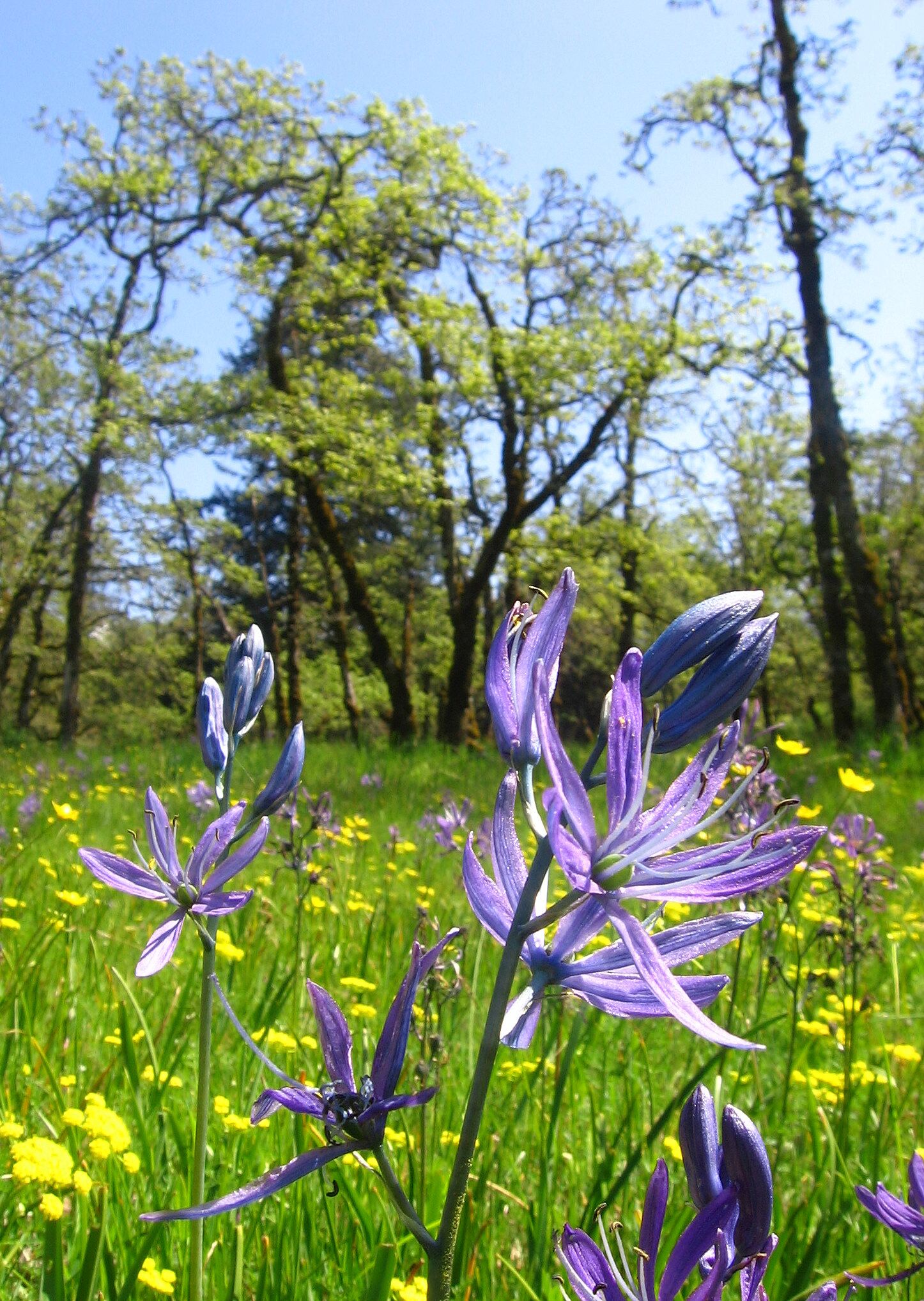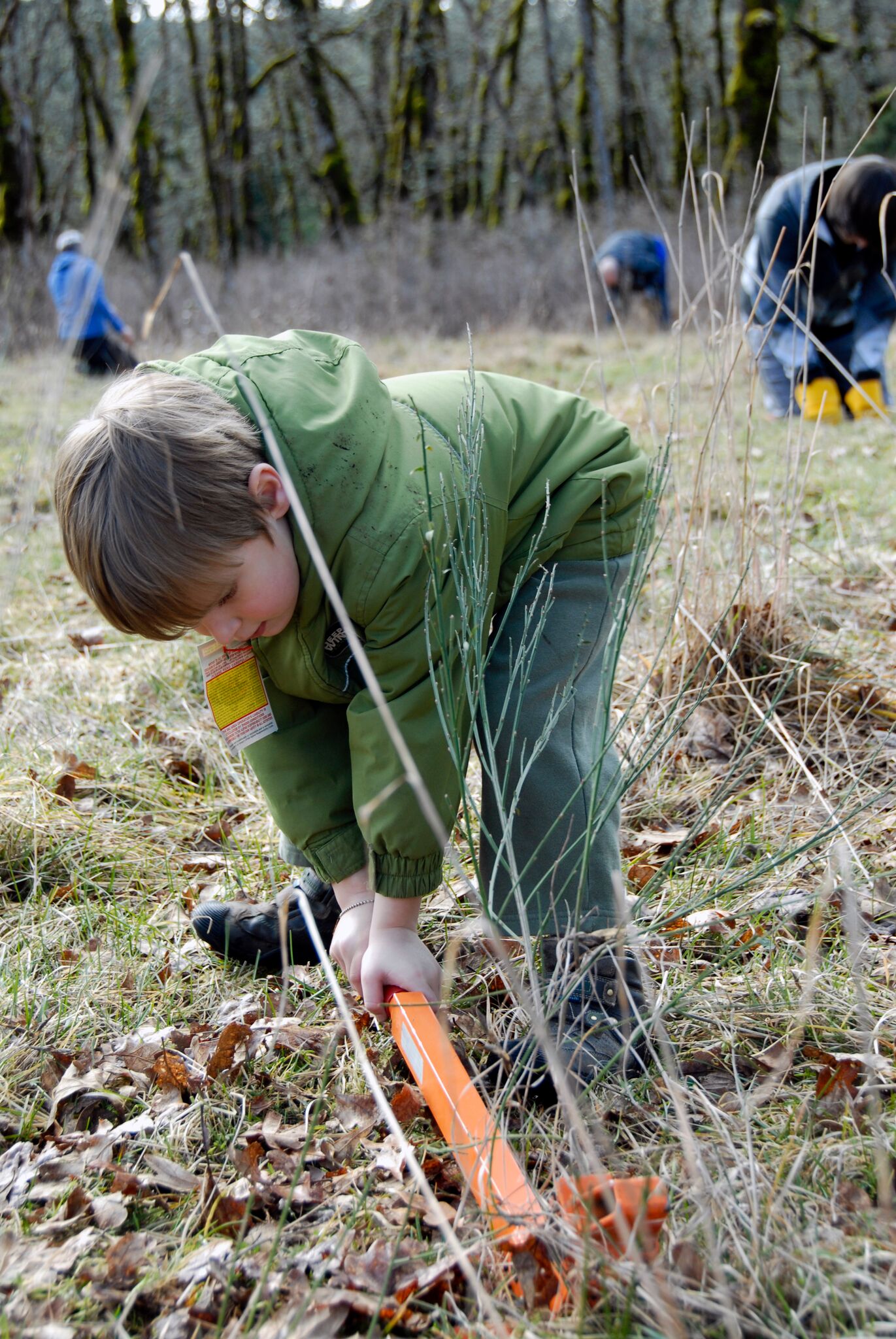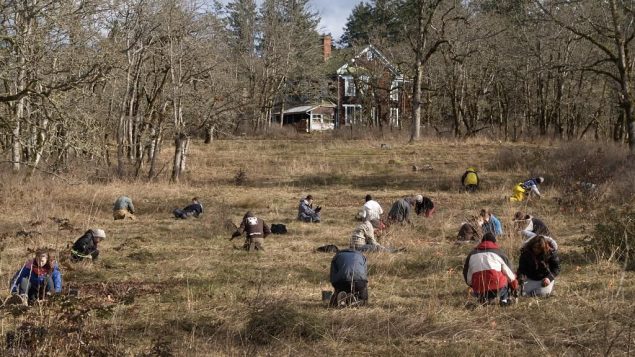Volunteers have and will again spend a month digging up invasive plants in the rare Garry oak ecosystem found on some of the islands off Canada’s west coast. There is less than five per cent of this ecosystem left in the world and its meadows and woodland are home to over 100 plants, animals and insects that are officially listed as “at risk.”
Scotch broom difficult to remove
February is called a critical month to attack the invasive plants because the ground is moist. Later it becomes too dry and heavy weeding can harm emerging spring wildflowers. The bulbs of the camas flower used to be a staple food for Indigenous people. They used to use fire and other techniques to keep the meadows productive and open.\

The Nature Conservancy of Canada is promoting this February marathon of efforts by volunteers to restore the Garry oak ecosystem on southern Vancouver Island and the Gulf Islands. They will be pulling up non-native plants like Scotch broom, which has deep roots and can be difficult to remove.
Urban and agricultural development has eliminated most of original ecosystem over the last 200 years. The conservation group aims to conserve the best of what is left and to raise awareness of its importance.

Volunteers of all ages come out to dig up invasive species. (Nature Conservancy of Canada)







For reasons beyond our control, and for an undetermined period of time, our comment section is now closed. However, our social networks remain open to your contributions.